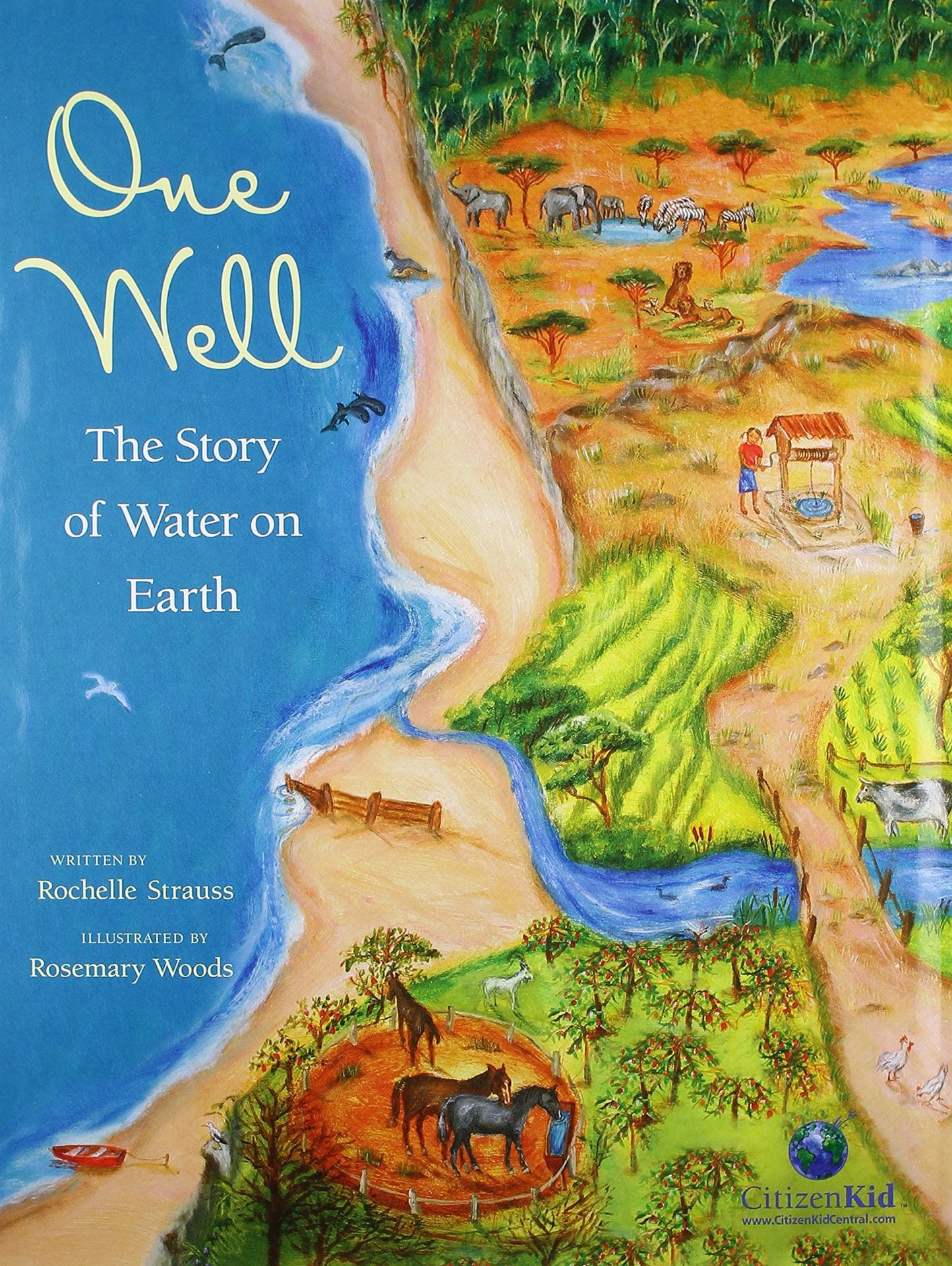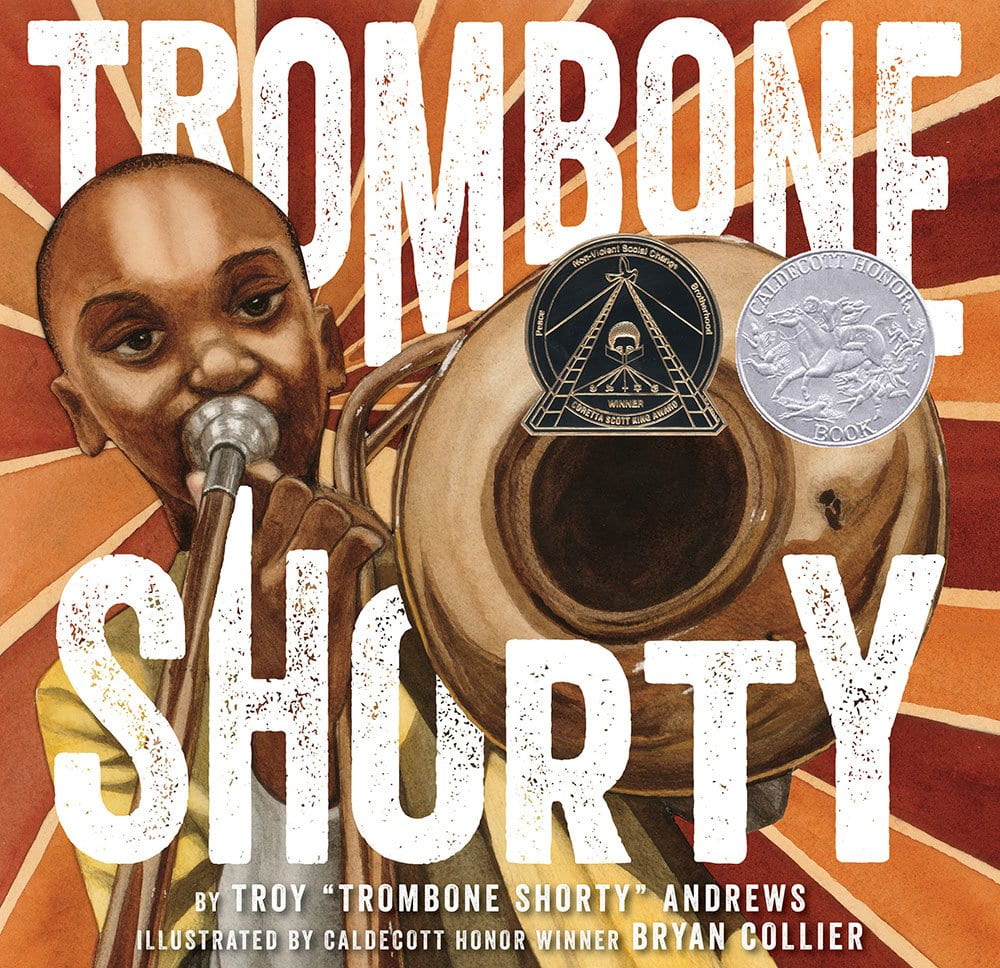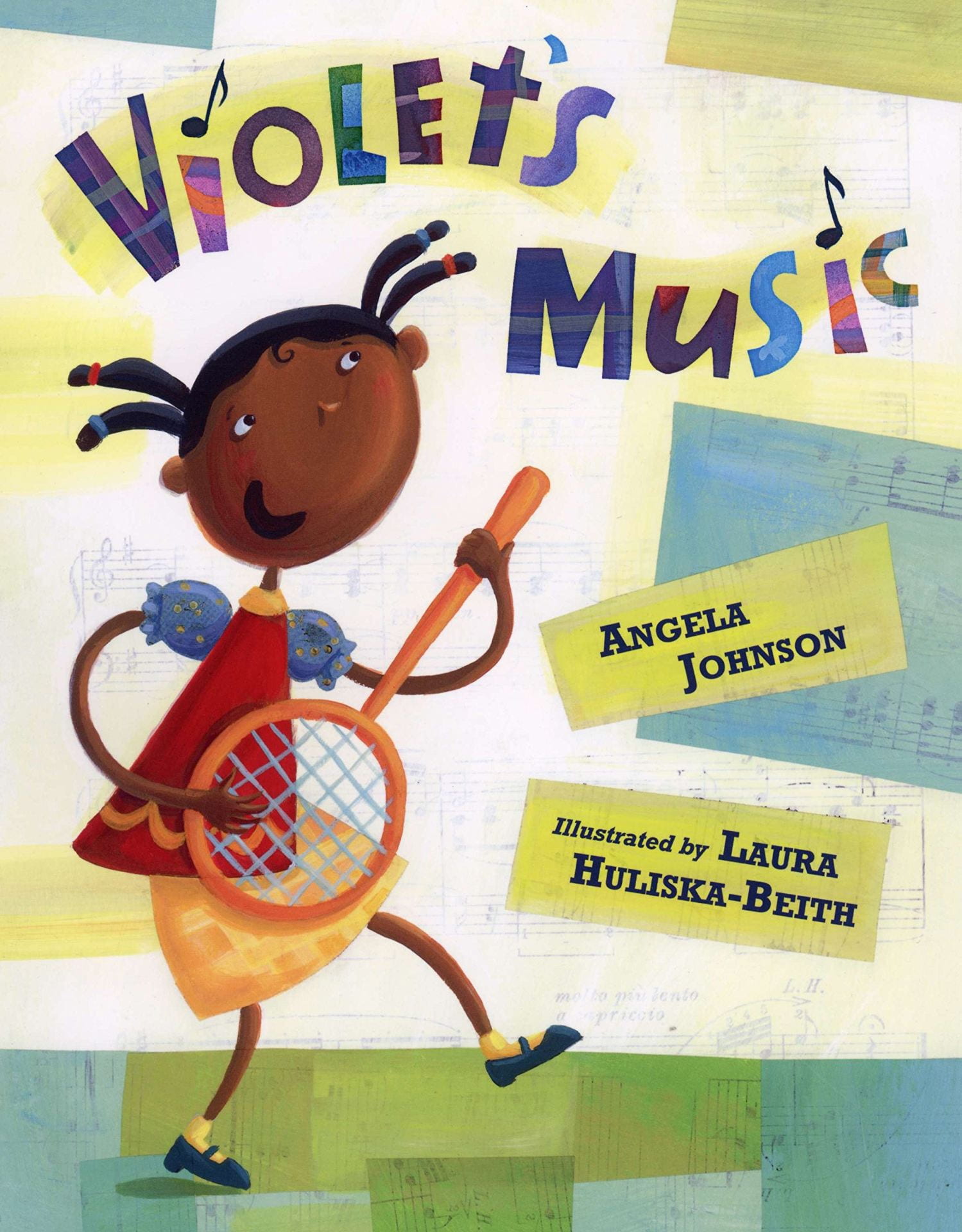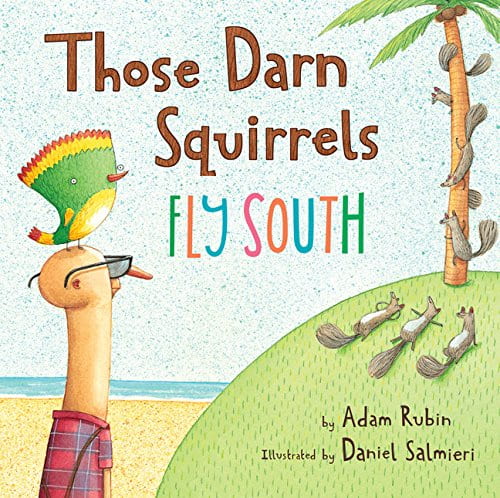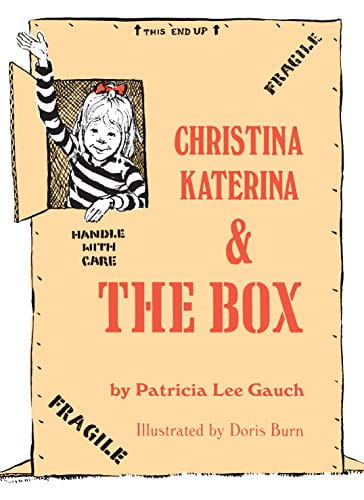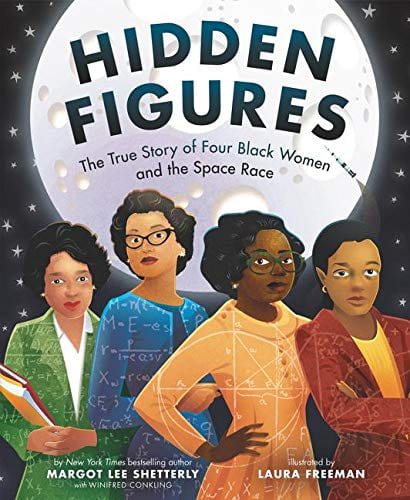Guji Guji
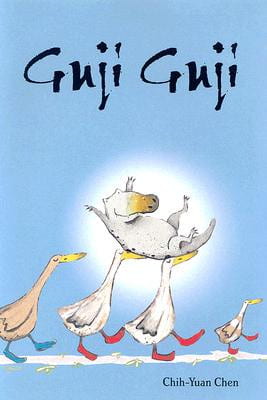
Lesson Summary
Raised by Mother Duck after his egg accidentally rolls into her nest, Guji Guji grows up thinking he’s a duck. One day he encounters three crocodiles who point out all the body parts that make him a crocodile. The crocodiles argue that as a fellow crocodile, Guji Guji should help them catch and eat his own family. Guji Guji feels terrible!
Can you help Mother Duck persuade Guji Guji that the ducks have ways to keep safe from the hungry crocodiles?
STE or Math Standards
Science, Technology & Engineering, Grade 4 Life Science, LS1. From Molecules to Organisms: Structures and Processes
- 4-LS1-1. Construct an argument that animals and plants have internal and external structures that support their survival, growth, behavior, and reproduction.
ELA Standards
Massachusetts English Language Arts, Writing Standards
- Grade 4, Reading Standards for Informational Text
3. Explain events, procedures, ideas, or concepts in a historical, scientific, mathematical, or technical text, including what happened and why, based on specific information in the text.
- Grade 4, Text Types & Purposes
2. Write informative/explanatory texts to examine a topic and convey ideas and information clearly.
a. Introduce a topic clearly and group related information in paragraphs and sections; include text features (e.g., headings), illustrations, and multimedia when useful to aiding comprehension.
b. Develop the topic with facts, definitions, concrete details, quotations, or other information and examples related to the topic.
c. Use precise language and domain-specific vocabulary to inform about or explain the topic.
Video
Guji Guji read by Robert Guillaume

